Giant betta - Betta anabatoides
Scientific name: Betta anabatoides
Common name: Giant betta
Family: Osphronemidae
Usual size in fish tanks: 10 - 12 cm (3.94 - 4.72 inch)
014
Recommended pH range: 4.5 - 7
Recommended water hardness: 0 - 12°N (0 - 214.29ppm)
0°C 32°F30°C 86°F
Recommended temperature range: 25 - 30 °C (77 - 86°F)
The way how these fish reproduce: Spawning
Where the species comes from: South Asia
Temperament to its own species: peaceful
Temperament toward other fish species: peaceful
Usual place in the tank: Middle levels
Origin
The Giant Betta (Betta anabatoides) is native to Southeast Asia, specifically Singapore, Sumatra, and Borneo. These fish inhabit slow-moving, acidic waters in forested areas, where leaf litter and organic material create a soft, low-flow environment. Replicating these conditions in an aquarium, with subdued lighting and plenty of cover, will help the Giant Betta feel at home.
Lifespan
With proper care, Betta anabatoides can live for approximately 3-5 years in captivity. To maximize their lifespan, it is essential to maintain high water quality, a suitable diet, and a peaceful tank environment.
Short Description
The Giant Betta is a peaceful, visually striking fish that can reach up to 12 cm (4.72 inches) in length, making it one of the larger Betta species. Unlike the popular Betta splendens, the Giant Betta is relatively calm and can coexist with other peaceful species if given enough space. They thrive in a well-planted tank with gentle water flow, soft, slightly acidic water, and ample hiding spots. Due to their size, they require a larger aquarium, preferably 40 liters (10 gallons) or more per fish. They are somewhat sensitive to water quality, so regular water changes and an effective filtration system are essential. Avoid keeping them in overcrowded tanks, as they are prone to stress and digestive issues, including bloat. Their sensitivity to poor water quality and susceptibility to parasites means they are better suited for experienced aquarists who can provide consistent care.
Food and Feeding
The Giant Betta is carnivorous and will accept a variety of live or frozen foods. While they may eat high-quality flakes, they prefer more protein-rich foods like bloodworms, brine shrimp, daphnia, and white worms. Offering small, meaty foods can help prevent digestive issues, as these foods are easier to digest and help keep their digestive tract clear. Feed them once or twice a day, but avoid overfeeding, as they are prone to bloating. A varied diet with small amounts of live or frozen food ensures balanced nutrition and keeps them active and healthy.
Sexing
Sexing Betta anabatoides is generally straightforward. Males display more vivid coloration than females, with a distinct yellow tint on their anal fin. Males also tend to be slightly larger and develop brighter colors during the breeding season, making it easier to differentiate them from females.
Breeding
Giant Bettas are mouthbrooders, with the male taking on the role of incubating the eggs. After the female lays the eggs, the male collects them in his mouth for safekeeping. Any eggs missed by the male are often picked up by the female and spat toward him to ensure their care. The female does not participate further in raising the young. After around 10-14 days, the male releases the fry, who can be fed on newly hatched brine shrimp. Due to the larger size of Giant Bettas, breeding may require a spacious tank, ideally around 80 liters (20 gallons) or more, to allow the pair ample space. Patience and careful tank management can yield successful broods.
Tank Requirements
Giant Bettas thrive in a peaceful, well-maintained environment. A tank of at least 40 liters (10 gallons) per fish is recommended, with soft water, low flow, and stable water parameters. The temperature should be kept between 25-30°C (77-86°F) with a pH range of 4.5-7.0. Use a soft substrate and include plants, driftwood, and rocks to create shaded hiding spots. Due to their tendency to jump, a secure lid is essential. These fish are sensitive to sudden changes in water conditions, so regular water changes of around 10-15% weekly are necessary. Ensure any tankmates are peaceful, as Giant Bettas can become stressed if harassed.
Special Information
Giant Bettas are susceptible to parasites, particularly if exposed to infected tankmates or live food. Quarantining new tank additions is recommended to reduce the risk of parasite transmission. As they are prone to digestive issues, including bloating, feed them small meals and avoid overfeeding. Due to their specific needs, including water quality sensitivity, these fish are best suited for experienced aquarists.
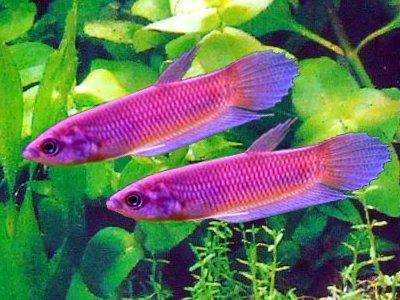
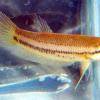 Akar
Akar 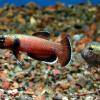 Whiteseam
Whiteseam 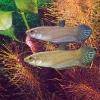 Betta
Betta 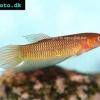 Slender
Slender 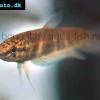 Betta
Betta 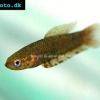 Brown’s
Brown’s 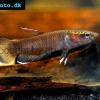 Snakehead
Snakehead 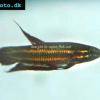 Wine
Wine 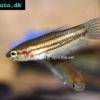 Edith’s
Edith’s 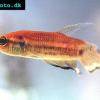 Blue
Blue 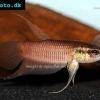 Betta
Betta 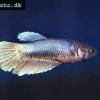 Peaceful
Peaceful 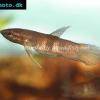 Kapaus
Kapaus 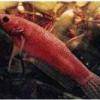 Eyespot
Eyespot 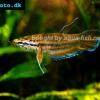 Spotted
Spotted 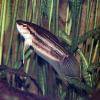 Forest
Forest 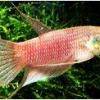 Schaller’s
Schaller’s 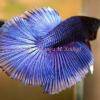 Siamese
Siamese  Chukai
Chukai 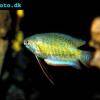 Banded
Banded 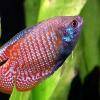 Dwarf
Dwarf 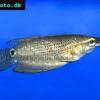 Frail
Frail 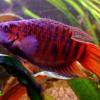 Paradise
Paradise 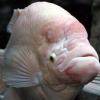 Giant
Giant 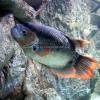 Giant
Giant 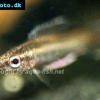 Licorice
Licorice 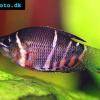 Chocolate
Chocolate 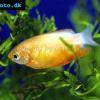 Honey
Honey 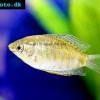 Thick
Thick 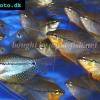 Pearl
Pearl 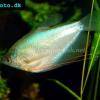 Moonlight
Moonlight 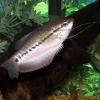 Snakeskin
Snakeskin 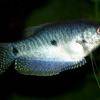 Blue
Blue